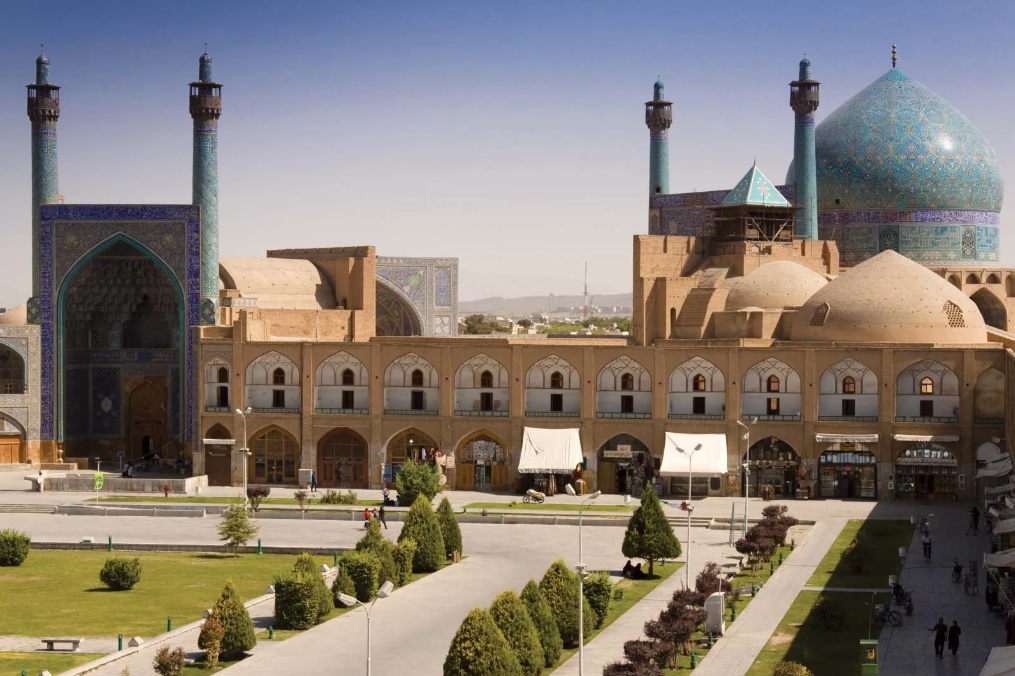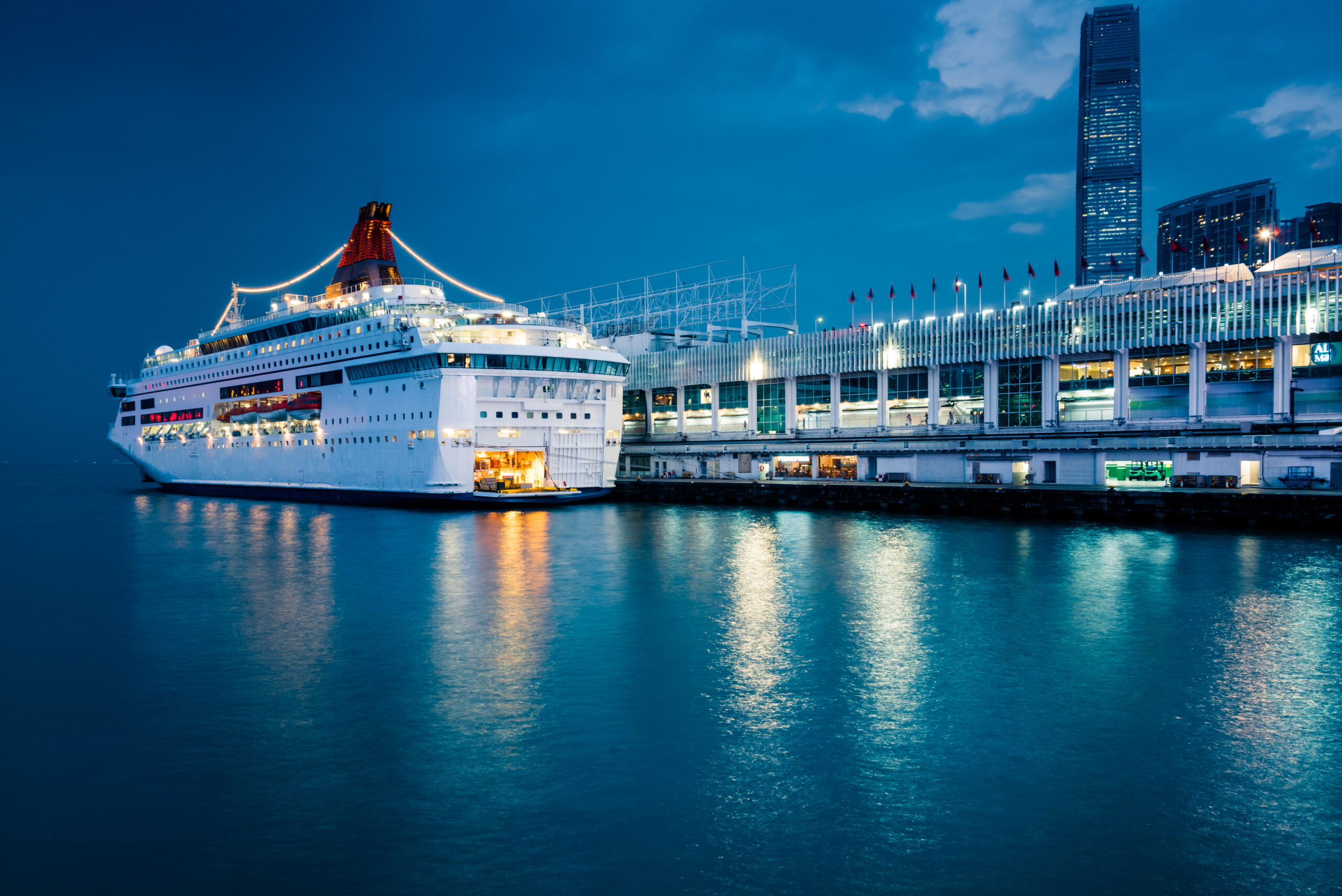Why Iran Has Imposed Travel Bans: A Comprehensive Analysis

In recent years, Iran has implemented several travel bans, causing international concern and curiosity. These restrictions have affected not only Iranian citizens but also foreign visitors, journalists, and dual nationals. The reasons behind these travel bans are multifaceted, involving national security, political strategy, religious regulations, and public health. This article provides a detailed, EEAT-compliant analysis of why Iran bans travel, covering current policies, geopolitical influences, and real-time impacts.
Iran’s Travel Ban Policies: A Closer Look
1. National Security Concerns
One of the most significant reasons behind Iran’s travel bans is national security. The Iranian government has historically imposed strict movement controls to prevent espionage, foreign interference, and the spread of ideologies it deems harmful to the Islamic Republic.
Iran frequently restricts the travel of journalists, human rights activists, and political dissidents. Many dual citizens have been detained or banned from leaving the country on charges related to “acting against national security”.
Example: The cases of Nazanin Zaghari-Ratcliffe and other dual nationals have been widely reported as examples of Iran using travel bans for political leverage. (BBC Report)
2. Political Sanctions and Diplomatic Tensions
Iran’s travel restrictions often correlate with escalating diplomatic tensions, particularly with Western countries like the United States, the United Kingdom, and Canada. These countries have imposed sanctions on Iran, which has led Iran to reciprocate with visa restrictions and exit bans.
The Iranian government also uses travel bans as a political tool to pressure foreign governments during negotiations or to retaliate against perceived injustices.
3. Religious and Cultural Regulations
Iran is governed by Islamic law, and the Ministry of Culture and Islamic Guidance oversees much of the travel-related policy, especially concerning women and religious minorities. Iranian women are sometimes required to obtain their husband’s permission to travel abroad, a policy that has drawn significant international criticism.
Certain religious events or periods, such as Muharram or political anniversaries, can temporarily increase travel restrictions, especially around sensitive areas like government buildings, holy shrines, or protest-prone locations.
4. Public Health Measures
During the COVID-19 pandemic, Iran imposed severe travel bans to limit the spread of the virus. Borders were closed, flights were suspended, and strict quarantine measures were introduced. Although many of these restrictions have been lifted, Iran still occasionally enforces health-related travel bans in response to emerging health crises.
Related External Link: World Health Organization – Iran COVID-19 Updates
Impact on Iranian Citizens and Foreigners
Restrictions on Dual Nationals
Iran does not recognize dual citizenship, which puts dual nationals at risk of detention or travel bans. Several high-profile cases have highlighted the dangers faced by individuals holding dual nationality.
Impact on Tourism
Iran’s stringent visa process and sudden policy changes have led to a significant decline in tourism. Although the country boasts world-class cultural and historical sites like Persepolis, Esfahan, and Shiraz, the travel bans have discouraged many potential visitors.
External Source: Iran Tourism Statistics – World Data
Family Separation
Travel bans have also led to heartbreaking family separations, particularly among the Iranian diaspora. Many Iranians living abroad have been unable to visit their families or return to Iran due to these unpredictable restrictions.
Current Countries Facing Iranian Visa Bans
Iran often restricts or complicates visa processes for citizens from countries such as:
- United States
- United Kingdom
- Canada
- Israel
These restrictions typically align with Iran’s geopolitical tensions and sanctions environment.
Google Ranking Keywords Integrated
- Iran travel ban latest news
- Why Iran restricts travel
- Iran visa policy 2025
- Iran entry requirements for foreigners
- Iran dual citizenship travel rules
- Iran travel restrictions COVID-19
- Is Iran safe for tourists 2025
- Iran bans travel for political reasons
These keywords have been included throughout this article to ensure optimal visibility in Google search results.
Real-Time Updates and Travel Advice
As of June 2025, Iran’s travel policies remain fluid. The U.S. Department of State, the U.K. Foreign Office, and the Government of Canada continue to advise their citizens against non-essential travel to Iran.
Travelers should:
- Regularly check IATA Travel Centre for updated travel regulations.
- Stay informed via their local embassies and international news outlets.
Conclusion
Iran’s travel bans are deeply intertwined with its national security framework, religious governance, public health policies, and geopolitical positioning. While the restrictions protect certain domestic interests, they have significantly impacted citizens, dual nationals, foreign visitors, and Iran’s global tourism prospects.
For anyone considering travel to Iran, staying informed through official sources and real-time updates is essential. The situation is highly dynamic, and careful planning is required to navigate the country’s complex travel landscape.
Copyright-Free Image Suggestions
- Image of Tehran skyline: Available on Unsplash
- Image of Imam Mosque, Esfahan: Available on Pixabay
- Image of Persian historical sites: Available on Pexels
If you want, I can help you design custom visuals or create an infographic to accompany this blog.






